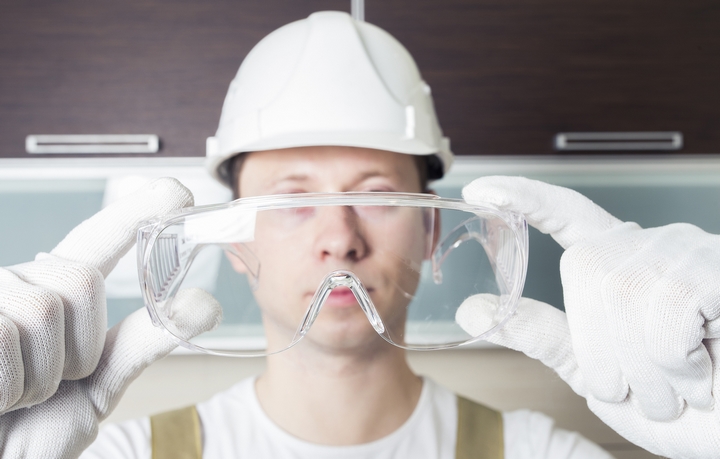
When you are responsible for the safety of others, it can be a daunting task. One of the best ways to ensure that you are looking after your employees is to create checklists for yourself and your team. You may need to work carefully with a legal team to ensure that you are fully in compliance with all the regulations of the commercial construction industry.
The construction site safety checklist below is designed to give you a starting point. Following this checklist can ensure the safety of everyone who works and visits the construction site.
1. Eye protection
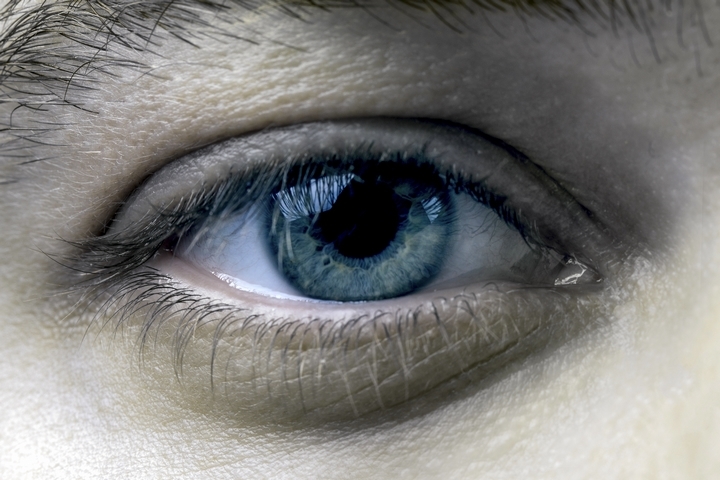
Eye protection is one of the most important aspects of any construction site safety checklist. The human eye is extremely sensitive to injury. This makes it very vulnerable on a constructions site as there is a lot of ways that something could end up in a person’s eye.
The solution is very simple and cost-effective. Eye protection is very important and should be worn at all times when on a construction site. It takes no effort and no training to wear eye protection and for that one in a million chance of losing or damaging your sight, it is more than worth it.
When welding or cutting metal stronger eye protection is required but when doing almost any task on the construction site there is a real danger to the eyes. Nailing, working with concrete, chemicals or simply being below someone who is can be very hazardous without the correct eye protection.
2. Foot protection
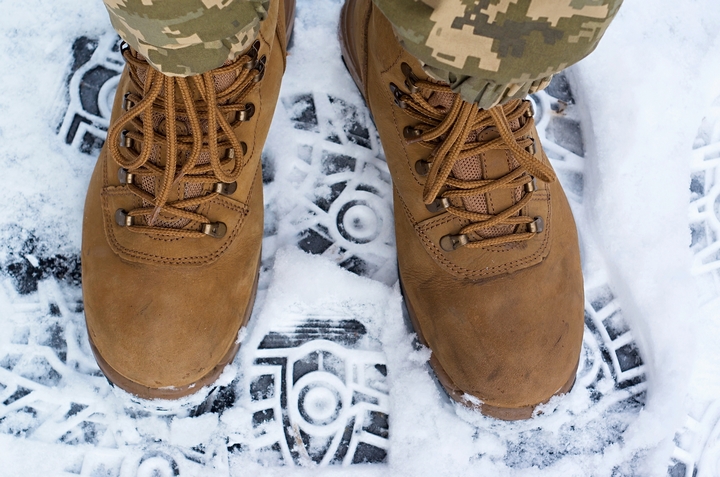
Foot protection is vital on a construction site. Steel-toed boots can mean the difference between the cost of a new pair of shoes and losing a foot. There is much more to foot protection than just the steel toes through. The boots that are worn on the site need to also be slip-resistant. Foot protection can not only protect your workers from heavy objects on site but also when working high up on a floor that is still exposed.
3. Hand Protection
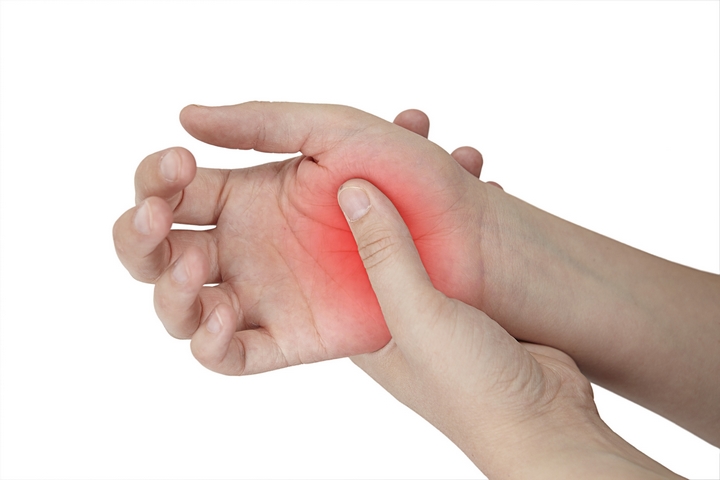
Your workers and your self will probably be working with your hands a great deal. This is why you need to invest in some heavy-duty gloves that in some cases protect all the way up to the elbow. Gloves that are not a good fit can be more dangerous than wearing no gloves at all. Make sure that everyone on your team has a pair of gloves that fit snugly that allow them to do their jobs safely.
4. Head Protection
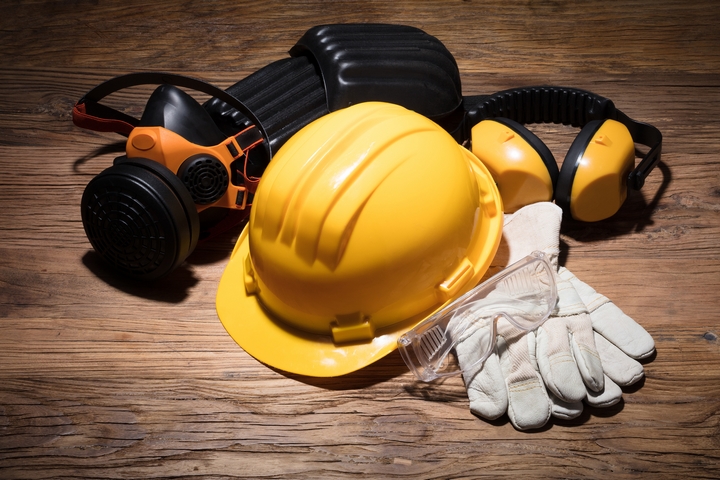
This is one of the most obvious and essential pieces of safety equipment that you will often see on a construction site. A hard hat will save the life of someone who gets hit with a falling object. When dealing with the construction of any building even a smaller object dropped from a height can do a great deal of damage.
A hard hat should be replaced right away if an object hits it, even if there is no visible damage to it. Every hat worn by those on staff should also be a good fit. Another reason to wear a hard hat that is often ignored is that they can protect you from electric shocks from exposed wires.
5. Fall protection
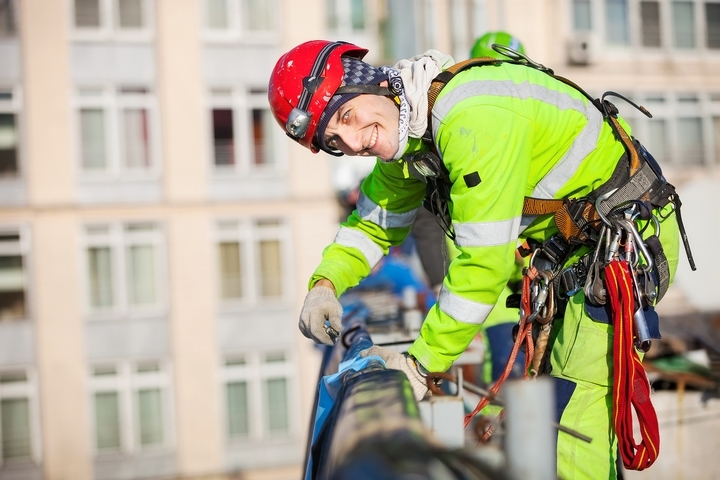
This can come in many forms but the training, operation and maintenance of this part of your safety procedures and equipment should be closely looked into. Even when working on heights of only a few meters off the ground fall protection is needed. If you have any doubts about how to ensure that you are in full compliance with fall protection regulations you should contact an expert and make sure that you are doing everything you need to.
6. Scaffolding
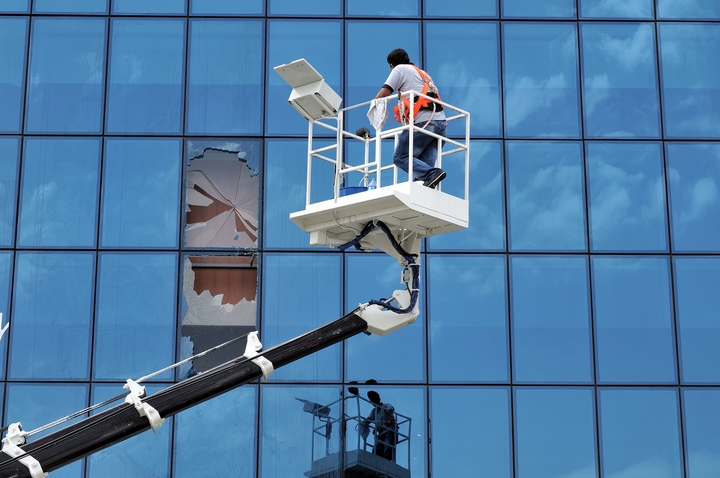
No corners should be cut in the setting up of scaffolding. The ground should be looked at to make sure that it is on a secure footing. Scaffolds should not be altered once they are set up and always fully planked. The location of any power lines near the construction site should also be noted. There may be some regulation as to the minimum distance that you are allowed to set up scaffolding.
7. Electrical Safety
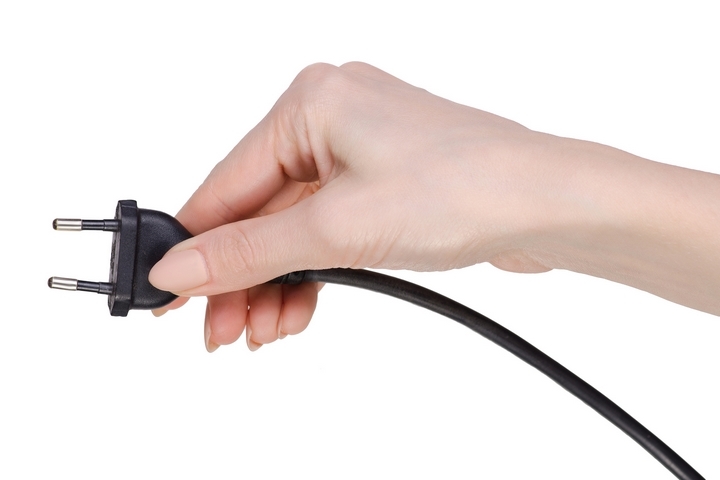
Any work that is done on hot electrical circuits should be put on hold until it is confirmed that the power is shut off. It is not enough to simply turn off the power, a lockout system needs to be in place so that the power cannot be accidentally turned back on.
8. Floor openings
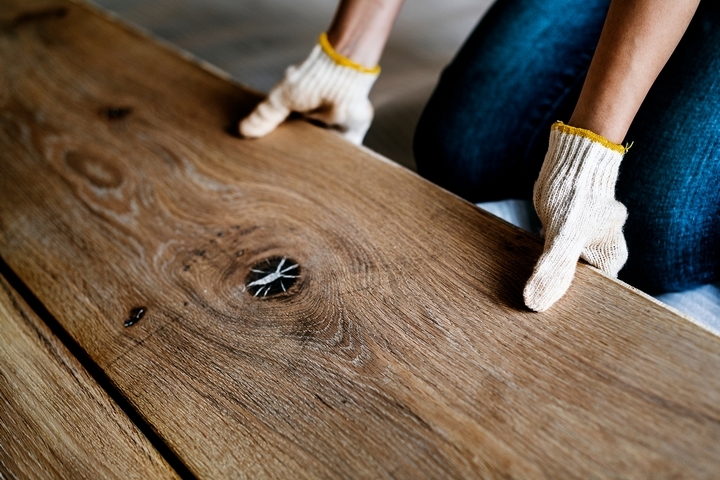
When preparing a construction site safety checklist, make sure to secure covers need to be placed on any floor openings. Also, the area below the floor needs to be marked with a guard rail or toeboard. This will prevent anyone from standing directly under it. It is important that everyone is aware of these hazards so that they can do all they can to avoid putting themselves in danger.